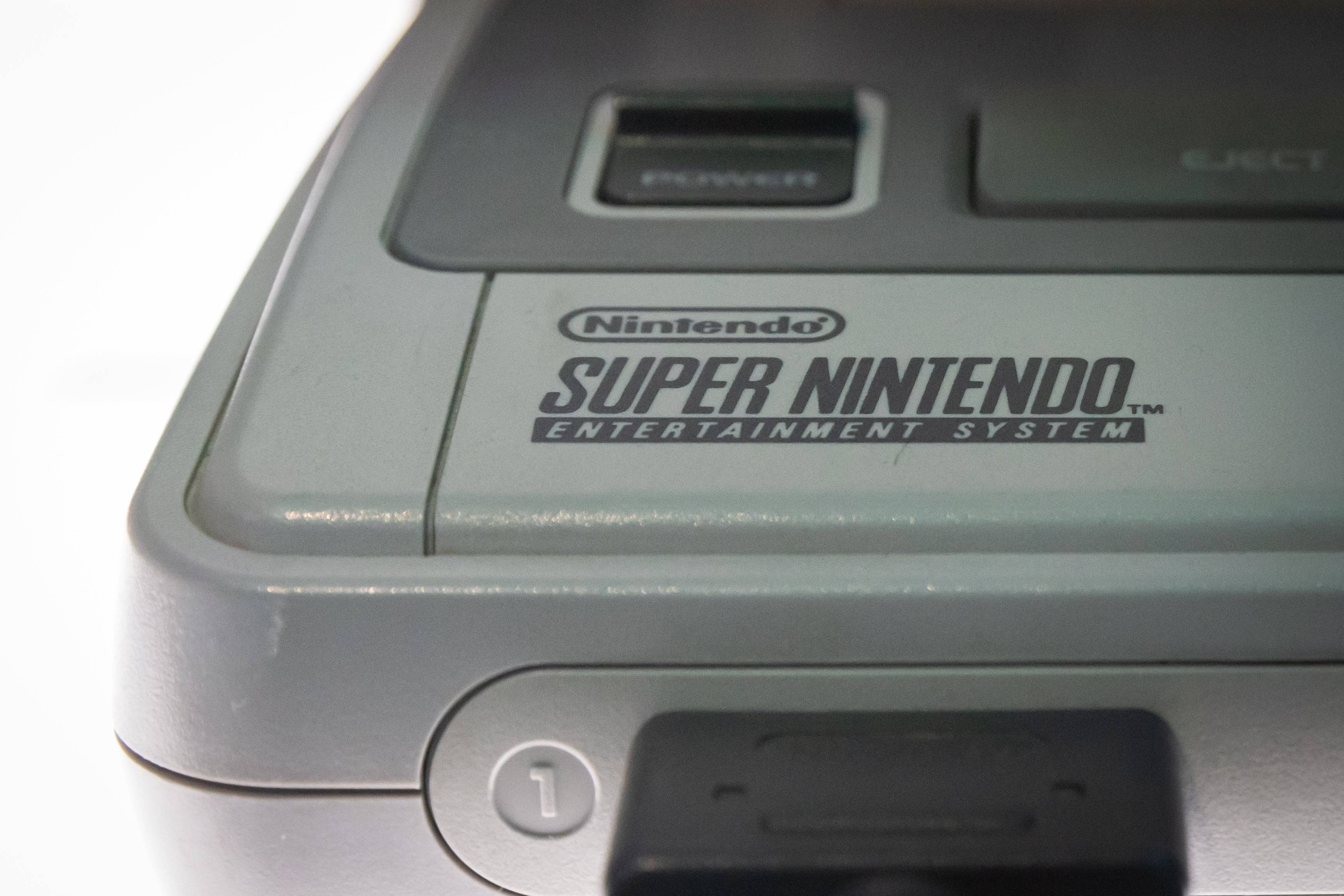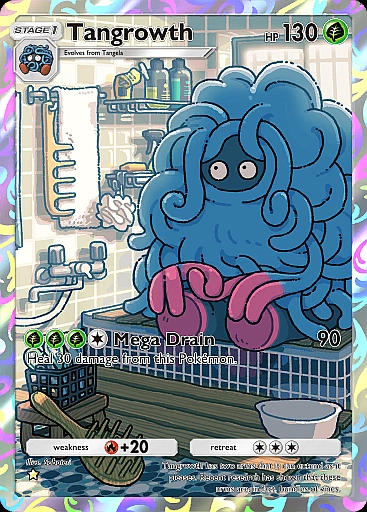by Andrew Apr 28,2025
The speedrunning community is abuzz with a fascinating technological phenomenon that appears to be causing the Super Nintendo Entertainment System (SNES) to run games faster as it ages. In early February, Bluesky user Alan Cecil (@tas.bot) sparked intrigue by suggesting that the iconic console is now running games slightly faster than when it was fresh off the production line in the 1990s. This theory implies that the nearly 50 million SNES units sold might now offer enhanced performance in classics like Super Mario World, Super Metroid, and Star Fox, rather than deteriorating over time.
The notion of a video game console improving its performance simply due to aging sounds far-fetched, but Cecil's findings point to a specific component that could be behind this unique occurrence.
In an interview with 404 Media, Cecil explained that the official Nintendo specs indicate the SNES's audio processing unit (APU) SPC700 has a digital signal processing (DSP) rate of 32,000Hz, governed by a ceramic resonator running at 24.576MHz. However, retro console enthusiasts have observed that these specs are not entirely accurate. Recordings over the past few decades have shown varying DSP rates influenced by physical conditions such as temperature. This means the console processes audio and sends it to the CPU at rates different from those communicated by Nintendo, and as the DSP rate fluctuates, so does the game's speed, albeit in minor, often imperceptible ways.

The situation becomes even more intriguing when considering how this rate has evolved over the past 34 years. Cecil requested SNES owners to record data from their units, and after analyzing over 140 responses, a clear trend of increased DSP rates in recent measurements emerged. Previously recorded average DSP numbers for the SNES’s SPC700 were around 32,040Hz in 2007, but Cecil's findings now show an average of 32,076Hz. While environmental factors like temperature do impact these rates, they don't account for the significant increase observed. In essence, it seems the SNES is processing audio faster as time progresses.
“Based on 143 responses, the SNES DSP rate averages 32,076Hz, rising 8Hz from cold to warm,” Cecil elaborated in a subsequent Bluesky post, complete with a layout of the data. “Warm DSP rates go from 31,965 to 32,182Hz, a 217Hz range. Therefore, temperature is less significant. Why? How does it affect games? We do not know. Yet.”
While this phenomenon is fascinating, Cecil acknowledges the need for further research to understand not only how much faster the SNES units are processing game audio but also the underlying cause. Data from the console's early years is scarce, making it challenging to draw definitive conclusions. Nonetheless, as the SNES approaches its 35th anniversary, it appears to be aging gracefully.
The idea of a gaming console speeding up games over time has sparked significant interest within the speedrunning community. An SPC700 that processes audio more quickly than intended could theoretically affect game performance by reducing load times in specific sections. This could potentially challenge over three decades of leaderboard rankings and records. However, the impact on a typical speedrun, such as one for Super Mario World, is not as clear-cut.
It's important to note that APU speeds do not directly translate to visual game speed. Even under the most extreme conditions suggested by these new findings, the impact would likely only reduce a speedrun's time by less than a second. The extent to which different games might benefit from altered audio processing remains a subject of debate, and there is currently no indication of significant impacts on longer speedruns. The speedrunning community's research is still in its early stages, but the general consensus is that players have little to worry about for now.
As Cecil delves deeper into understanding the SNES's inner workings, the console continues to thrive in its 30s. For more insights into the SNES, you can explore its position on the list of best-selling consoles of all time.
How to Feed Villagers in Necesse
Bitlife: How to Complete the Renaissance Challenge
Bahiti Hero Guide: Mastering the Epic Marksman in Whiteout Survival
Best Bullseye Decks in Marvel Snap
One of the most famous CoD players thinks the series is in the worst state now
Black Clover M: Latest Redemption Codes Revealed!
How to Complete Canker in Kingdom Come Deliverance 2
Awakening of the Ninjas Codes (January 2025)

MultiVersus to End After Season 5
Apr 28,2025

Top Party Board Games for 2025: Perfect for Large Groups
Apr 28,2025

Crystal of Atlan iOS Tech Test Starts in Select Regions: Join Now
Apr 28,2025

The Lenovo President's Day Sale Starts Now: Save Big With These Legion Prebuilt Gaming PC Deals
Apr 28,2025

Pokémon TCG Pocket: Space Time Smackdown Expansion Launches Today - Full Details
Apr 28,2025